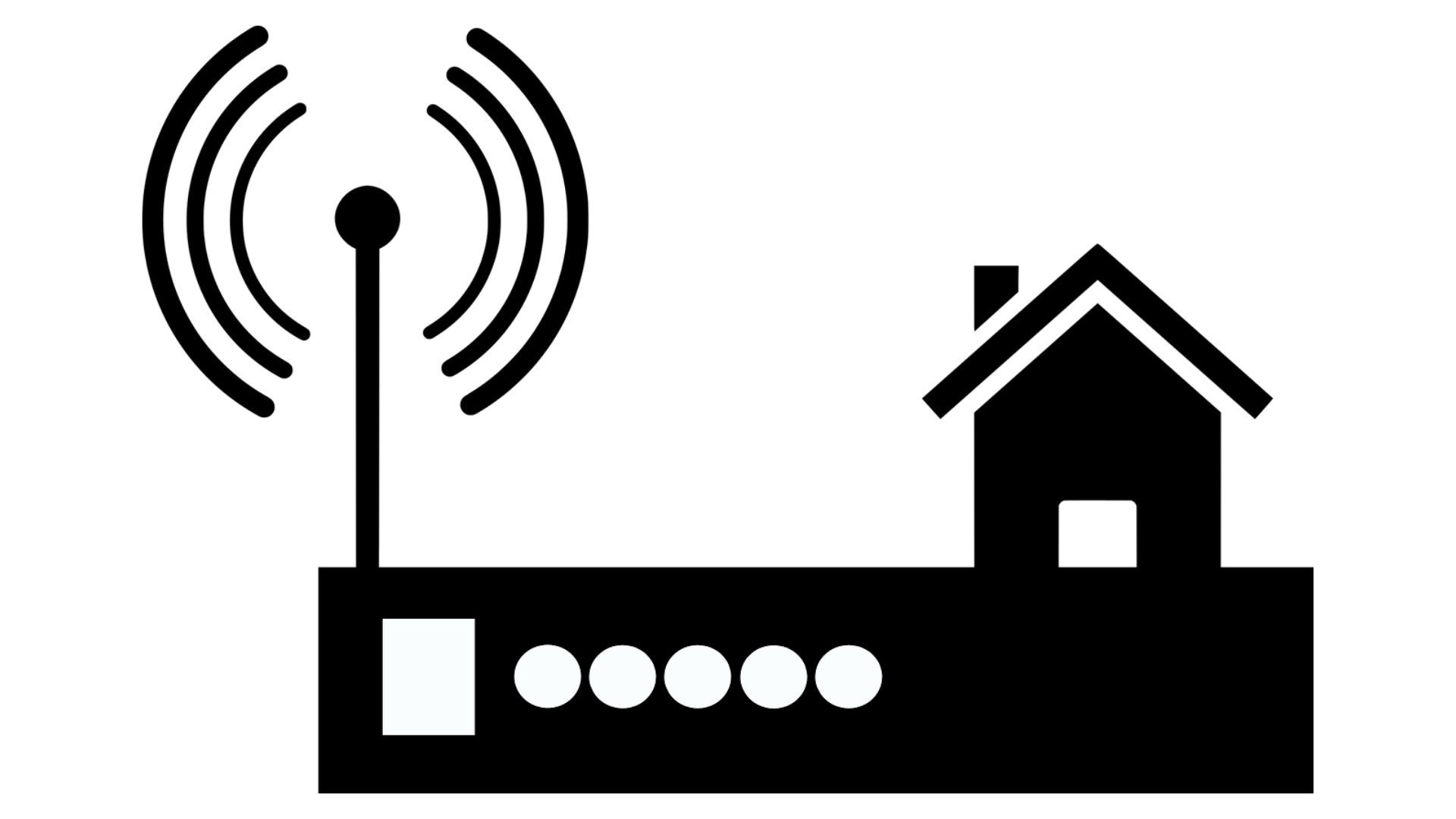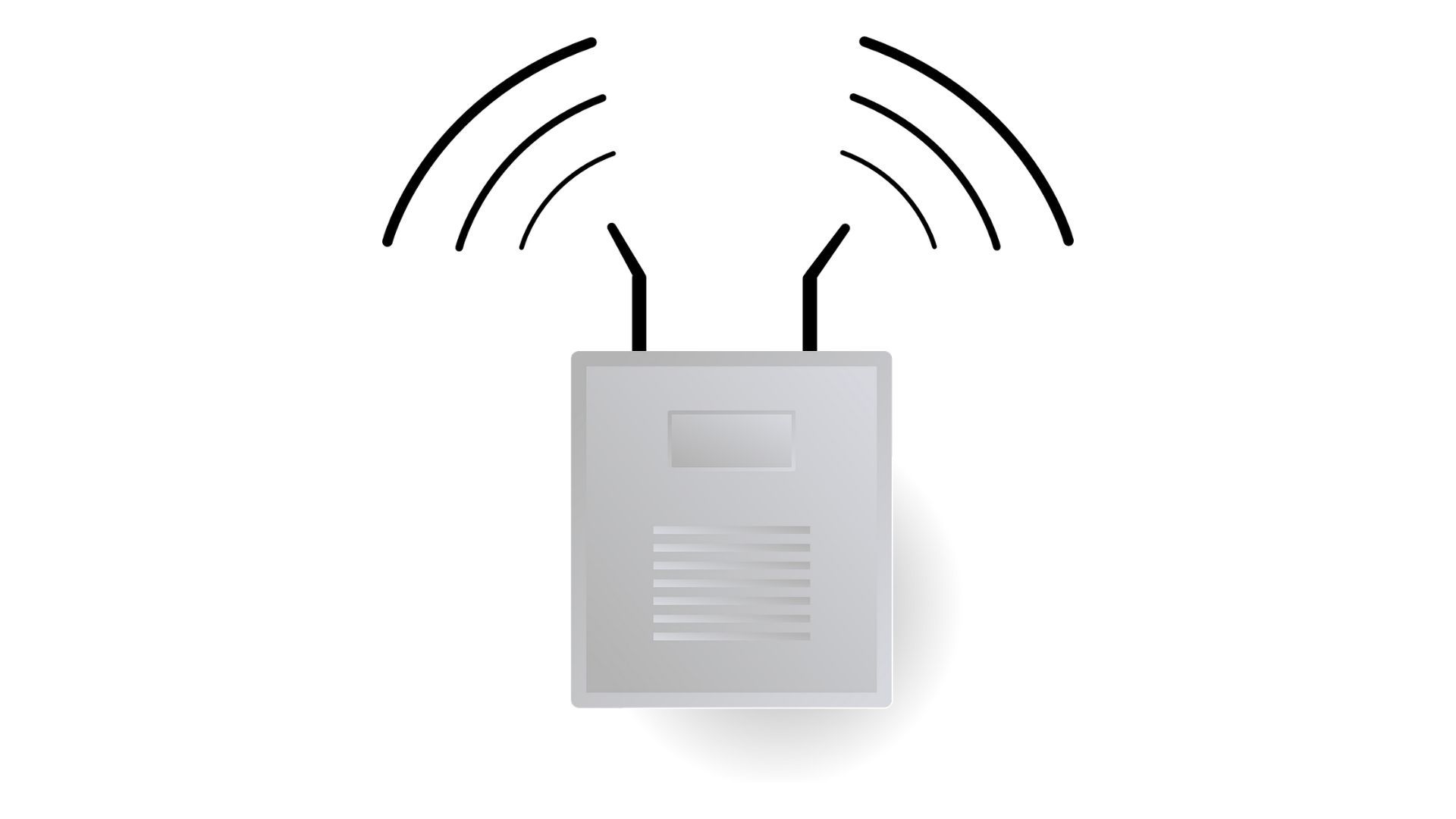Setting up Wi-Fi for your home or business can easily become overwhelming and confusing. There are quite a few different terms and devices involved in the process, and every Wi-Fi situation is unique. A large business with a ton of devices connected to a network over a large area will need drastically different things than a simple home with a few devices.
Understanding different Wi-Fi-related terms help you know exactly what your home or business needs to have a reliable, speedy network. Two terms you'll often come across include "router" and "wireless access point," but what do they mean, and how are they different from one another? Let's break it down.
What Is a Router?
To understand what a router is, you first need to understand what a modem is. You can think of your modem as essentially your gateway to the internet. Without a modem, you wouldn't be able to access the internet at all in your home or business. Your modem is typically provided by your Internet Service Provider (ISP).
A router connects to a modem directly via an Ethernet cable to give you more direct Ethernet ports as well as provide wireless connectivity for other devices in your home, like your smartphone, tablet, or computer.
The network created by your router is referred to as your local area network (LAN). Your LAN consists of every device currently connected to your router, through a direct Ethernet connection or a wireless one. Then, your LAN is connected to a larger, wide area network (WAN) via your modem.
To sum it up, your router acts as an intermediary device between your modem and all of the devices in your home or business. Though there are routers that only offer wired Ethernet connections, most Wi-Fi routers nowadays offer wireless connectivity with a built-in access point. So then why are wireless access points sold on their own? Let's take a look.
What Is a Wireless Access Point?
A wireless access point is a network device that acts as an access point for devices to connect to a LAN, but it must be connected to a router via an Ethernet cable. Through the Ethernet cable, a wired signal turns into a wireless one.
So then, if you need a router regardless of whether you have a stand-alone wireless access point or one built into the router, what's the point of stand-alone access points?
Well, wireless access points are often used to extend the wireless coverage of your LAN. This is useful for large homes with Wi-Fi dead spots or large businesses that span thousands of square feet. Plus, using a wireless access point also increases the number of users that can connect to the network, which is also useful for businesses with multiple employees.
Router vs. Access Point: What's the Difference?
To put it plainly, a wireless router can function as a wireless access point, but an access point can't act as a router.
You won't even have to bother with deciding between only having a wireless router or adding wireless access points for most people. As mentioned above, modern wireless routers typically come with everything you need for a reliable wireless network for a home or small business, like direct Ethernet ports, wireless connections via a built-in access point, and a basic protective firewall.
You would typically only add a wireless access point to your system if you needed to extend your coverage across a larger area or an area with Wi-Fi dead spots or if you needed extra room on the network for more connected devices. But you need a router to manage the local area network and communicate with the wider area network.
Which Option Is Best for You?
A wireless router with a built-in access point will be the best solution for most homes and small businesses.
If you have a business or home spread out over a large square footage or even multiple floors in a building, you'll probably need to invest in a few wireless access points to ensure there are enough connection points and room on the network for everyone to connect without issue.
And if you're in a home or even a small business, don't immediately go out and buy a wireless access point to help with poor connection areas or dead spots in your home. Instead, make sure you test your Wi-Fi speed first. Often, there can be an issue with the coverage provided by your ISP or something wrong with your modem or your router. So before you go spending more money, make sure everything you currently have is working well.



